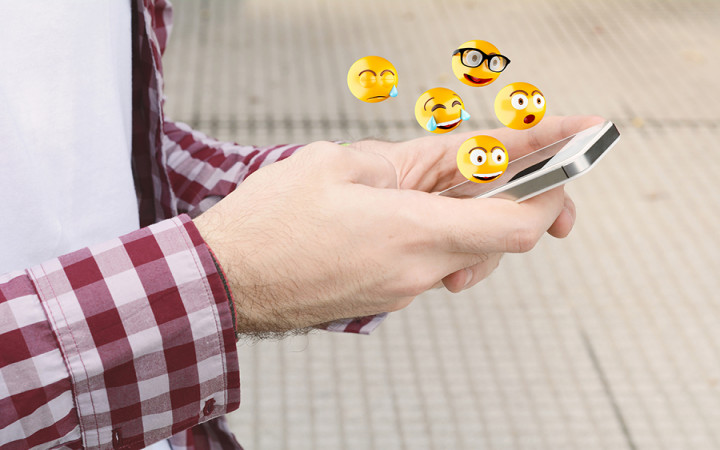Today’s Wonder of the Day was inspired by Malena. Malena Wonders, “Who made emojis” Thanks for WONDERing with us, Malena!
Have you ever heard someone say that a picture is worth a thousand words? It may seem like a confusing at first, but if you give it some thought, it makes a lot of sense.
Have you ever looked back at an old picture of yourself with some friends and family members? The memories and emotions an old picture can conjure up help to explain the old . It might even take you more than a thousand words to summarize the feelings you get from such a picture.
In fact, a picture or any simple visual image can help to express feelings and emotions that you might not be able to adequately convey with words alone. If you've ever communicated with someone via email, text message, or some other form of electronic messaging, then you know that words alone don't always allow you to communicate effectively.
Fortunately, our computers and smartphones today are packed with all sorts of simple images that we can insert into messages to help communicate more effectively. We call them emojis, and kids today might have a hard time imagining a time when people had to communicate without the benefit of emojis.
It's true, though. As recently as the late 1990s, we had to rely mostly on mere words to communicate with others. Can you imagine? Fortunately, all that changed in 1998 when a Japanese man named Shigetaka Kurita invented emojis.
Kurita worked for NTT DoCoMo, a big Japanese mobile communications company. He was part of a team tasked with developing the company's first mobile Internet system. Their system limited users to 250 characters in messages, so Kurita thought emojis would allow users to communicate more effectively while using less data.
The first set of emojis contained 176 very simple, 12-pixel by 12-pixel images that expressed a variety of emotions and ideas, including emojis for things like the weather, foods, drinks, feelings, and moods. Kurita took inspiration from Japanese comics (manga) and the logographic Chinese characters used in the modern Japanese writing system (kanji).
The word emoji literally means "picture" (e) "character" (moji). Emojis are different than emoticons. Emoticons have a similar purpose, but they're composed using regular characters. For example, you can create a smiley face using a colon, a dash, and a parenthesis: :-). Emojis, on the other hand, are actual pictures or icons.
Kurita's emojis were a huge hit in Japan, and they soon were adopted by other Japanese technology companies. It took a while for them to spread to other technology platforms in other countries, however.
The popularity of emojis in the United States is attributed largely to their inclusion by Apple in its iOS operating system in the late 2000s. The emoji floodgates truly opened in 2010 when emojis were standardized by Unicode, which is the universal standard for character-based electronic communication. Standardization meant that technology companies, such as Microsoft, Google, Twitter, and Facebook, could develop their own emojis that could be recognized regardless of operating system.





